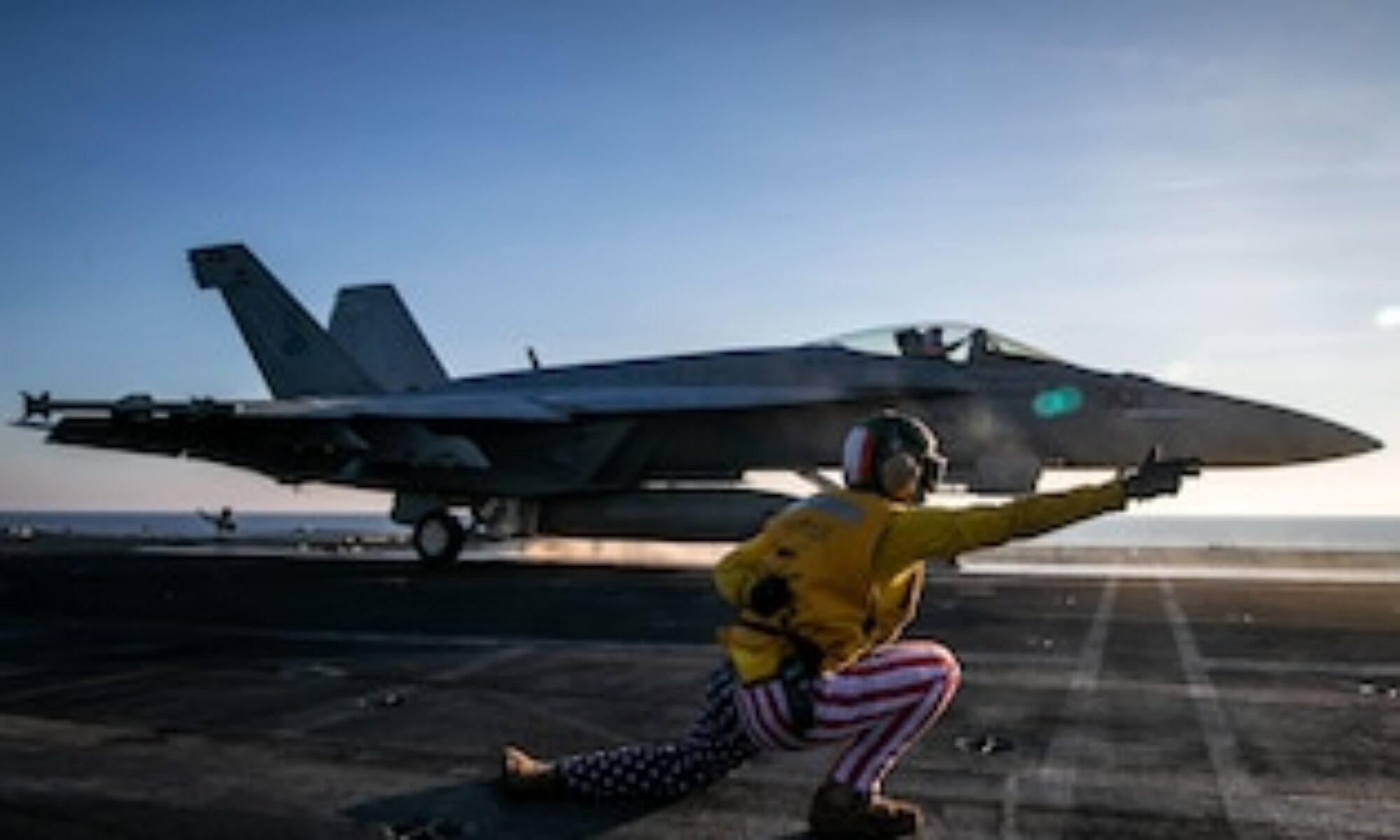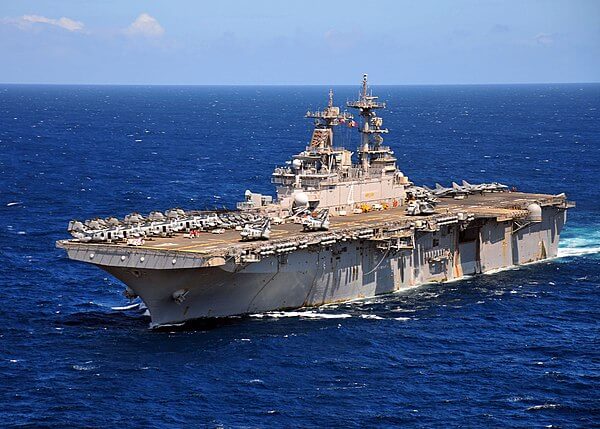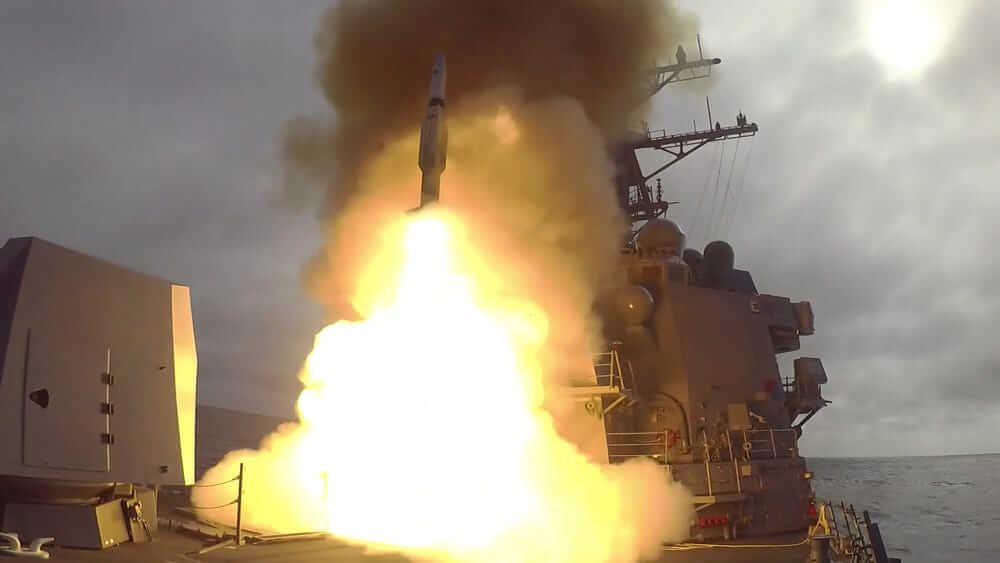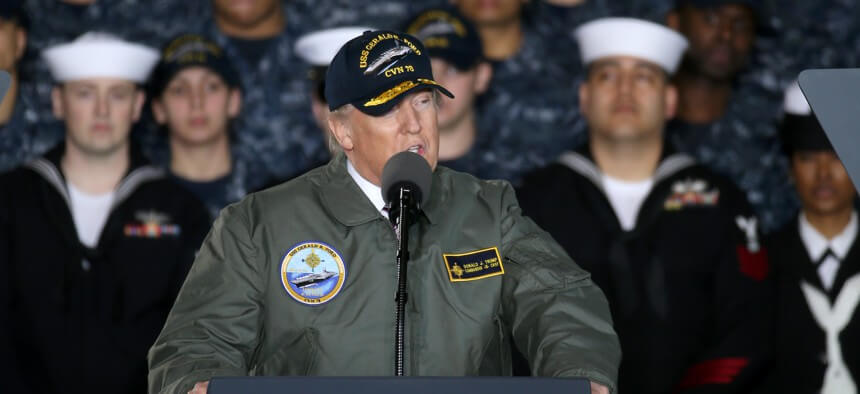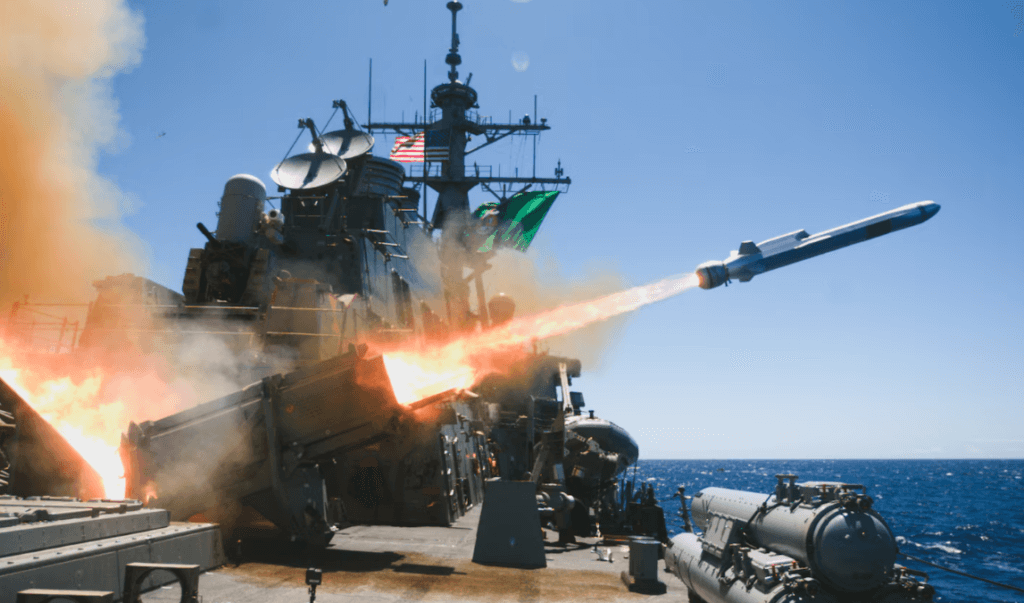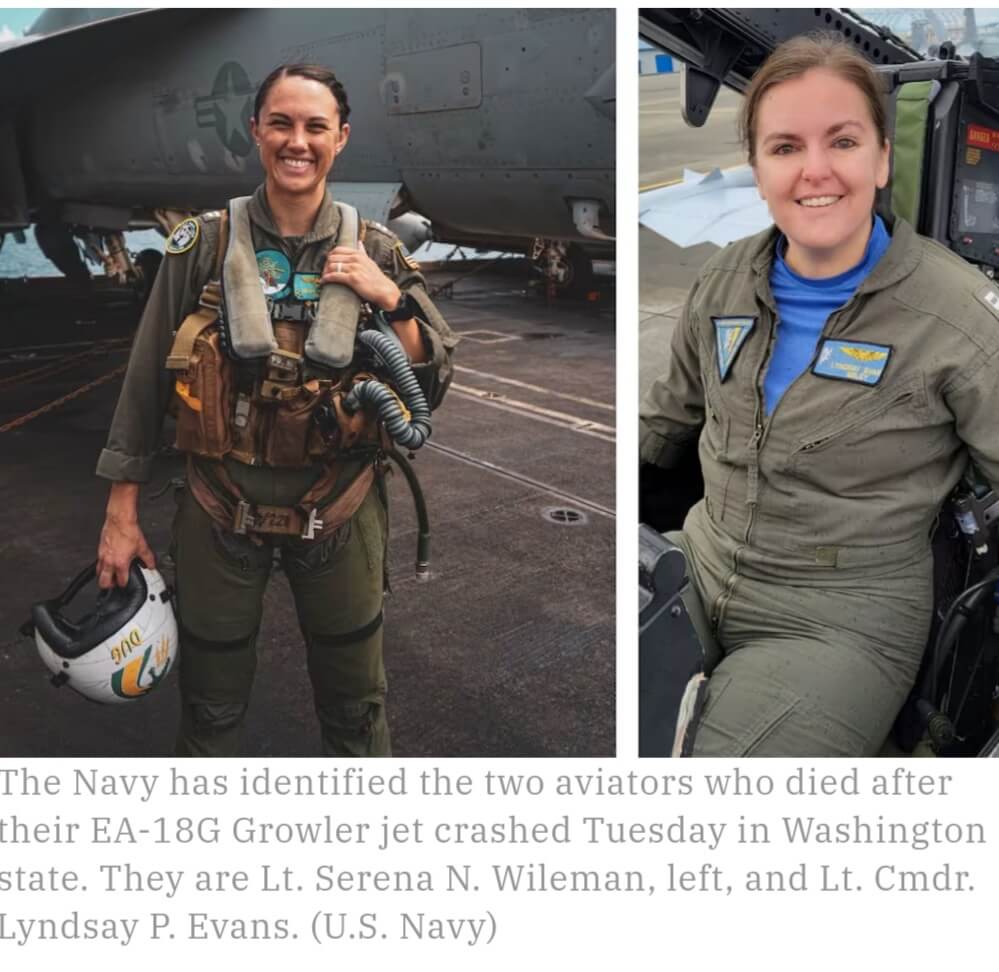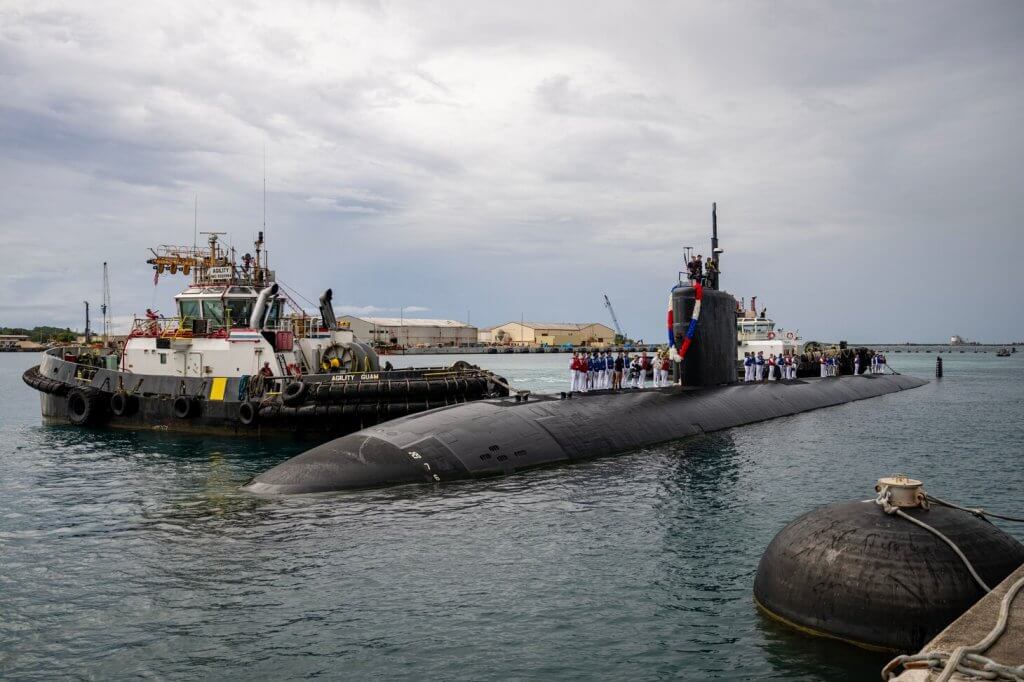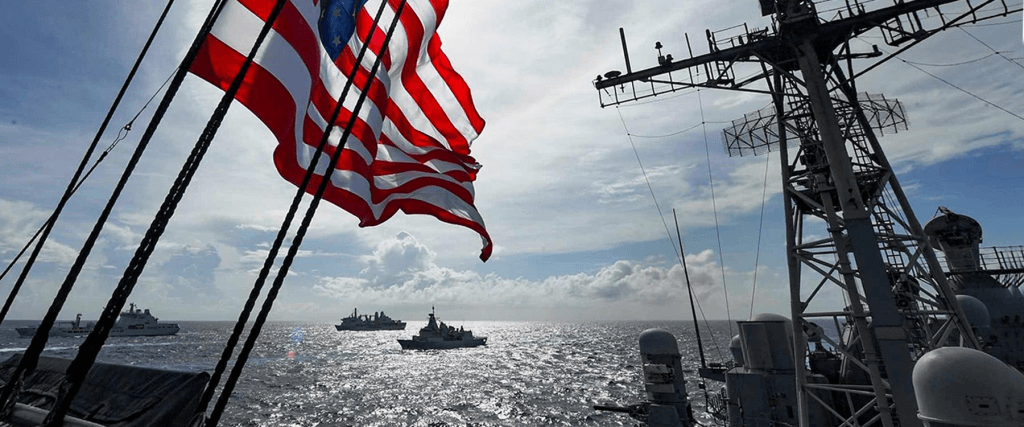
Introduction
This week’s U.S. Navy news showcases advancements in naval technology, significant operational updates, homecomings, and key milestones. From cutting-edge contracts to strategic operations, the Navy continues to push boundaries in safeguarding global security and maintaining maritime superiority.
Advancing Naval Technology
CNO Visits Orca XLUUV Facility
Adm. Lisa Franchetti, Chief of Naval Operations, toured Boeing’s Orca Extra Large Unmanned Undersea Vehicle (XLUUV) facility, highlighting the critical role of unmanned systems in expanding multi-mission naval capabilities.
Raytheon Awarded Contract for Next Generation Jammer
Raytheon secured a $590 million contract to develop the Next Generation Jammer Mid-Band (NGJ-MB) system in partnership with the Royal Australian Air Force, boosting electronic warfare capabilities.
Trellix Enhances Cybersecurity for Navy Enterprise Grid
The Navy has partnered with Trellix to implement AI-driven intrusion prevention systems, enhancing defenses against cyber threats across critical networks.
General Atomics Advances Long Range Maneuvering Projectile
General Atomics received funding to advance the Long Range Maneuvering Projectile, enabling precision strike and intelligence, surveillance, and reconnaissance (ISR) capabilities at ranges over 120 km.
Operational Updates
US Navy defeats Houthi attacks in Gulf of Aden for second time in weeks. The attacks took place while destroyers USS Stockdale and USS O’Kane were transiting the Gulf of Aden from Dec. 9 to Dec. 10
Freedom of Navigation Operation in South China Sea
USS Preble (DDG 88) asserted navigational rights near the Spratley Islands during a FONOP, challenging excessive maritime claims in the region.
USS Green Bay Homeport Shift
After 10 years stationed in Japan, USS Green Bay (LPD 20) returned to San Diego, marking a strategic realignment to enhance fleet readiness.
Sling Stone Exercise in Guam
The Indo-Pacific Command’s Sling Stone exercise validated Guam’s Defense System and bolstered multi-domain operational readiness.
USS Stockdale and USS O’Kane Defeat Houthi Attacks
The destroyers intercepted Houthi missiles and drones targeting U.S.-flagged ships in the Gulf of Aden, successfully defending maritime trade routes.
Ceremonial and Cultural Milestones
USS Arkansas Christened
Virginia-class submarine USS Arkansas was christened by civil rights pioneer Carlotta Walls LaNier, honoring its legacy and future mission readiness.
Pearl Harbor Day Commemorations
The 83rd anniversary of Pearl Harbor Day featured ceremonies such as the Blackened Canteen Ceremony and interment of a survivor on the USS Utah, connecting generations in remembrance.
Key Partnerships and Agreements
U.S.-Japan MOU on Electronic Attack Capabilities
The U.S. Navy and JMSDF signed a memorandum enhancing bilateral electronic attack operations, strengthening interoperability between the two forces.
University of Hawaiʻi-Navy Partnership
A 10-year agreement was signed to support natural and cultural resource conservation on Navy installations in Hawaiʻi, emphasizing climate resilience.
Homecomings and Logistics
USNS Patuxent Returns for the Holidays
After a 10-month deployment, USNS Patuxent (T-AO 201) returned to Norfolk in time for the crew to celebrate Christmas with their families.
USS Arleigh Burke Returns to Rota
USS Arleigh Burke (DDG 51) completed a successful patrol in Europe, reaffirming NATO partnerships and operational readiness.
Industry Updates
Shipbuilders Address Questionable Welds
Newport News Shipbuilding identified issues with preheating steps in some welds and is implementing corrective measures to ensure quality standards.
Keel Laid for USNS Thurgood Marshall
The keel-laying ceremony for the USNS Thurgood Marshall, the seventh John Lewis-class replenishment oiler, marked another milestone for General Dynamics NASSCO.
U.S. Public Policy Watch
Federal Judge Upholds Naval Academy Admissions Policy
A federal judge upheld the Naval Academy’s race-conscious admissions policy, emphasizing the importance of diversity in strengthening national security.
Congress Discusses Expanding Overseas Naval Repairs
Discussions in Congress advocated for utilizing Japanese and South Korean shipyards to address repair needs and counter the growing capabilities of China’s navy.
China Watch
- U.S. National Security Memorandum on China: President Joe Biden has approved a national security memorandum addressing the growing cooperation between China, Iran, North Korea, and Russia. The document recommends enhancing interagency cooperation, expediting information sharing with allies, and preparing for simultaneous crises involving these nations.
- Satellite Photos Show China’s Warships in Naval Standoff. Chinese and Taiwanese warships were spotted in a standoff in the contested waters near Taiwan on Tuesday as China continued its “extremely rare” large-scale exercises at sea. Photographs captured by the European Space Agency’s Sentinel-2 satellites. The five blue dots are the Taiwanese naval vessels, while the five red dots are the Chinese.
Russia Watch
- Russian Military Presence in Syria: Despite the recent overthrow of Bashar al-Assad’s regime, Russian forces continue to control key military installations in Syria, including the Tartus naval base and Hmeimim air base. These bases are vital for Russia’s operations in the Mediterranean and Africa.
- Calls for Ceasefire in Ukraine: Following the collapse of the Assad regime in Syria, President-elect Donald Trump has urged Russia to enact a ceasefire in Ukraine, citing Russia’s weakened state due to ongoing conflicts and economic challenges.
Iran Watch
- Alleged Iranian Drone Activity Near U.S. Coast: Representative Jeff Van Drew has raised concerns about unidentified drones spotted over New Jersey, suggesting they may be launched from an Iranian “mothership” off the East Coast. The Pentagon, however, has found no evidence supporting this claim.
- Potential Strike on Iran’s Nuclear Program: Analysts are debating the implications of a preemptive strike on Iran to halt its advancing nuclear program, noting the acceleration of uranium enrichment and the potential for significant geopolitical shifts in the Middle East.
Conclusion
The U.S. Navy’s efforts this week demonstrate resilience, innovation, and commitment to defending national and global interests. From technological advances to operational triumphs, the Navy continues to meet the challenges of a complex maritime environment.
Stay tuned for more updates and analysis next week at StrongerNavy.org/blog.
#NavyNews #USNavy #MilitaryUpdates #NavalOperations #MaritimeSecurity #Innovation
